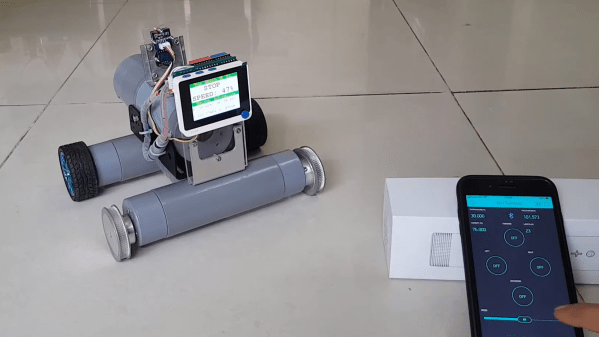It’s now about six years since Star Wars: The Force Awakens first showed us the little spherical robot BB-8, but it’s fair to say that along the way we’ve not lost our collective fascination for rolling-ball robots. There have been plenty of attempts to make a fully-rolling device, but perhaps [Derek Lieber] has a better take on it by turning a spherical robot into a two-wheeled roller by the addition of a pair of tyres. Inspired by a Samsung prototype that never made it to market, it works by the wheels working against the machine’s low centre of gravity, and using a tilt sensor to control speed.
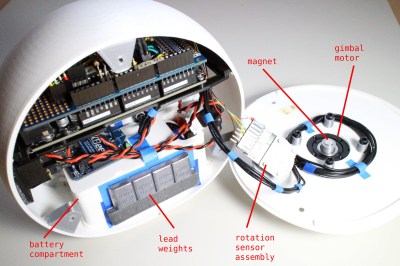 The ball chassis is a 3D printed shell, into which after much experimentation with motors, the final version put a pair of gimbal motors with a set of magnetic position sensors. Inside is an Arduino Mega and a custom motor driver board sporting an LM6234, with an XBee radio for remote control. Meanwhile the power comes from a set of three LiPo cells, and there is some extra lead ballast in the bottom to keep the whole thing balanced.
The ball chassis is a 3D printed shell, into which after much experimentation with motors, the final version put a pair of gimbal motors with a set of magnetic position sensors. Inside is an Arduino Mega and a custom motor driver board sporting an LM6234, with an XBee radio for remote control. Meanwhile the power comes from a set of three LiPo cells, and there is some extra lead ballast in the bottom to keep the whole thing balanced.
We’ve seen more conventional takes on a spherical robot in the past, but we’re particularly keen on this one, and excited to see where the future takes it.



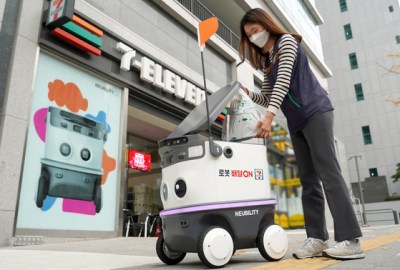
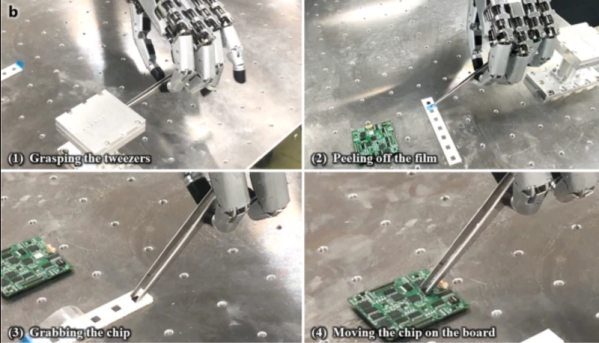

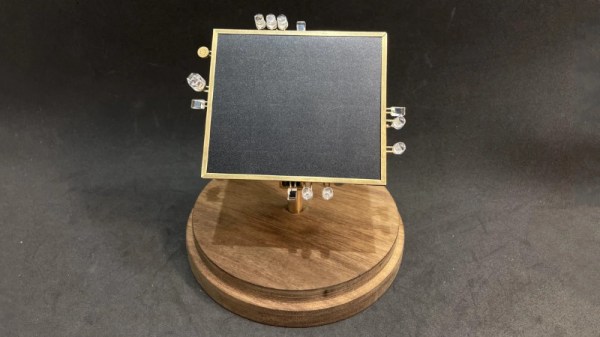
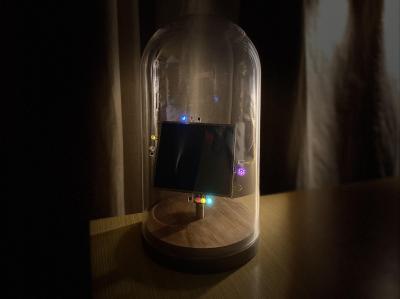 The robot aims to track the brightest source of light it can see. This is achieved by feeding signals from four photodiodes into some analog logic, which then spits out voltages to the two motors that aim the robot, guiding it towards the light. There’s also a sound-detection circuit, which prompts the robot to wiggle when it detects a whistle via an attached microphone.
The robot aims to track the brightest source of light it can see. This is achieved by feeding signals from four photodiodes into some analog logic, which then spits out voltages to the two motors that aim the robot, guiding it towards the light. There’s also a sound-detection circuit, which prompts the robot to wiggle when it detects a whistle via an attached microphone.